|
Also available on Xbox One and Windows Fallout 76 is a divisive game to say the least. In a time when compelling single player games with deep lore and world building are increasingly scarce, Bethesda has long been a beacon of light in a dark cavern of multiplayer garbage with its Elder Scrolls and Fallout series. Elder Scrolls Online was sort of to be expected because it's basically just Bethesda's version of World of Warcraft, but Fallout 76 was a game that could easily have been amazing or disastrous depending on execution. It's the first online Fallout game, and that's a hard thing to get right; you don't want a straight up empty world, but it's not very in keeping with Fallout if there are thousands of people in one settlement. Unfortunately on the spectrum between success and disaster, Fallout 76 falls a bit right of center. Fallout 76 manages to strike a pretty good balance with the world population. There are something like a dozen and half max per world which, while still leaving the world feel pretty desolate and empty, keeps running into other players from being a rare occurrence even if it's not exactly common. The post-nuclear world of West Virginia is also extremely well done and possibly one of the best and most interesting worlds to appear in a Fallout game yet. Unfortunately that's about all that Fallout 76 gets right. The rest of the game more or less varies between "disappointing" and "what the hell, dude?" Let's start with the story. There isn't much. The overarching "main" quest line involves following in the footsteps of Vault 76's overseer as she tries to evaluate the damage Appalachia suffered in China's nuclear barrage and to secure the nuclear weapons still unlaunched in the region. These quests are basically just a scavenger hunt; it's just going from place to place and stumbling upon the supply boxes and holotapes she left behind. There are four "categories" of quests in Fallout 76 - "Main" quests which include the overseer quests and a handful of other major lore-establishing quests, "Side" quests which shed life on what happened in West Virginia in the 25 years between the falling of the bombs and the day that Vault 76 opened, "Daily" quests which are relatively short and simple quests that can be repeated every day, and "Event" quests which are tied to specific regions like restoring a power plant or repairing a food processing facility. Because Fallout 76 is an online game, Bethesda wanted to encourage interaction between players. To achieve this, they decided not to include any human NPCs whatsoever. Anyone you encounter is either a player character, a robot, or a mutated horror that's trying to kill you. On the one hand, I can somewhat understand it. It's only been a couple decades since the bombs fell, so most folks are either dead or ghouls. On the other hand, we know from holotapes and notes found during side quests that there WERE people who survived the bombs and were alive fairly recently (since you can find mostly undecomposed bodies around). Not only that, but we know that that there were people long after the bombs because we've all played the older games (shame on you if you haven't), so when you really start to think about it, it's just bizarre that the ONLY living people are suddenly vault dwellers when there had been survivors not long before the vault opened. Let's turn now to the mechanics and gameplay. Can someone please explain to me why the hell a game that came out four months ago is built on an engine that's old enough to have a Bachelor's degree? Oh, sure, it's gone through "revisions" and "major updates," but at the end of the day, Bethesda is still using Gamebryo, and that engine has been around since 1997. You should not release a full retail price game that's built with an engine that's old enough to drink in the United States. It shows, too, that they're using an ancient engine and that Bethesda still hasn't learned what the phrase "quality assurance" means. When the game launched, it was a buggy mess. Some quests couldn't be completed because you couldn't interact with certain objects, items were unobtainable because the model would spawn but without any actual hit box or item linked to the model, perks were broken, enemies would randomly regenerate, achievements didn't always trigger....it was atrocious. I was a hardcore apologist at the time, too. "Oh, it's not THAT bad. No worse than their other games!" No, it was worse than their other games. When they released the first "patch" to fix some of the bugs, they broke more than they fixed. Suddenly spawn rates were broken so you'd have literally dozens if not hundreds of robots spawning in one location under certain conditions. This put tons of strain on servers that already clearly hadn't been stress tested and resulted in my spending a solid month, maybe a month a half, literally unable to play because I would consistently get disconnected every ten to fifteen minutes. Every little subsequent patch and "hotfix" has been a damn carousel of nerfs and buffs to the point where hardly anyone has any idea what weapons do what damage this week. That doesn't even begin to touch on the Atomic Shop. It's their "totally not pay to win" microtransaction system, and while technically it's not pay to win (yet), it's stupid overpriced. An emote - just a damn 5 second gesture - will cost something like 500 atoms. A costume skin will cost 1800. You know what 1800 atoms translates to in real world money? 18 damn US dollars! For the price of three armor skins, you could buy a brand new copy of the game at launch day price. I'm all for cosmetic microtransactions, but when they're exorbitant like that, I have a problem with it, and when they stop being purely cosmetic, I have a HUGE problem with it. They aren't (yet) outright selling weapons or caps or whatever, but they have started doing things like "from this day until this day, this $15 costume will give you +15 damage resistance!" and crap like that. It's just trying to be sneaky about dipping their toes into the pay to win waters. Lastly, I need to vent about the carry limit. I understand that for balance purposes as well as server stress purposes, you need to limit how much weight a player can carry in their inventory. However if food has weight, bobby pins have weight, ammo has weight, fully broken down resources have weight, that adds up FAST. But that's fine because you can put it in your stash, right? Well, maybe. Most players have, I'd say, about 200 carry weight on average. The stash can hold 600 (it could only hold 400 at launch). That fills up FAST especially when some of the powerful weapons that you probably save for Scorchbeasts and Mirelurk Queens weight like 30 or 40. I understand that server stability - or stability with anything really - isn't Bethesda's strong suit, but the whole game is pretty much an exercise in being ALMOST overencumbered. Fallout 76 is a massive exercise in missed opportunity and botched efforts. For the plethora of complaints I addressed above plus the fact that entire factions' traders are limited to 200 caps per day (not individual trader robots) which I didn't even mention, Fallout 76 is a depressingly disappointing game that highlights what happens proper time for bug testing and bug fixing isn't allowed. Now to be fair, I have still had a lot of fun with this game, and I've had some great experience with impromptu groups. The base building has been DRAMATICALLY improved from Fallout 4, and the diversity in the locations in the game keep your adventure for looking the same constantly. Unfortunately, despite the fact that it is a lot of fun to play if you manage to avoid the major bugs (or are very patient with them), it's just not a very well made game when you get down to the details and stability. That's a shame, too, because this could have been an absolutely incredible game. My Rating - CEarth Defense Force is my guiltiest of testosterone pleasures. The whole series from the earliest game on PS2 to this most recent one on PS4 are objectively mediocre games, and they were originally designed to be budget titles. But DAMN, is it ever fun to massacre entire swarms of 50 foot tall insects with huge rocket launchers. It's like what would happen if SyFy ever hired me to make one of their crappy made-for-TV monster movies. It's truly a thing of beauty. The basic story in EDF - all of them, pretty much - is that giant insects appear and start destroying cities, marking the beginning of an alien invasion. Then you, as a proud soldier of the Earth Defense Force, must bravely charge into battle with your weapon of choice, be it a sniper rifle, rocket launcher, shotgun, whatever, and use the blessing of unlimited ammo to massacre the invaders and keep those aliens out of our home! WE'RE GONNA BUILD A GREAT, GREAT SPACE WALL, AND WE'RE GONNA MAKE THE ALIENS PAY FOR IT! WITH BLOOD! Literally nothing about this game takes itself seriously, and that's honestly its biggest strength. It's absurdly ridiculous, and it embraces that whole heartedly from the ludicrous concept to the over the top voice acting. Unfortunately for us Westerners, EDF5 is the first game in the series not to be released physically in North America since the series first debuted here. You can get is on PSN for the normal $60, but if you want it physical, you've gotta import it. Fortunately there's an Asia English version available, and at least when I pre-ordered it from Play-Asia back in November, it actually ended up being about $7 or $8 cheaper (once you factor in tax) even with the shipping. Not sure why since I usually pay a premium for a physical import vs digital, but I'm not complaining. Hell, I'd have paid an extra $20 to have it physical; Earth Defense Force is one of my obsessive-lunatic series alongside Legend of Zelda, Fire Emblem, and Army Men. Earth Defense Force 5 is a really stupid game. It's the same kind of stupid as when my friends and I duct taped a lawn chair to a skateboard, tied a rope to the back of a 4 wheeler and tied a handle to the other end, and had the 4 wheeler pull us like dry land redneck wakeboarding. What I mean by that is that it's objectively stupid, but it's also objectively freaking amazing. If you're into that kind of stupid, there are few games that will give you as good a time as Earth Defense Force, and this latest entry in the series on the PlayStation 4 performs better than any of its predecessors with the series' staple frame rate drops pretty much limited to heavy action scenes, and I didn't have the game outright crash on me a single time. It looks great (given what series it is ), and it controls super well, too. All in all, I don't have any complaints. Normal people would probably have very few complaints. With 110 levels, 5 difficulties, and multiplayer, too, there's a TON of content here to experience. My Rating - BI love Gundam. I loved the Encounters in Space compilation movie. I've loved every Gundam game I've play (except New Gundam Breaker; that game was trash). This game, however, is just...not good. I tried to like it. I really did. There's even some potential for a good game here. Unfortunately, it's just not that much fun, and they find a way to take an awesome story and make it super boring. The game basically follows the last third of the original Mobile Suit Gundam storyline with the Federation's push to take Solomon and A Boa Qu to end the One Year War, but it doesn't do a very good job of telling that part of the story in any interesting way. That in itself was a bit of a shock to me considering that, with the exception of maybe Operation British and the Battle of Odessa, the endgame of Mobile Suit Gundam was the most exciting part of the series. Maybe it would be more interesting to someone who hasn't seen Gundam, but since I've actually seen these battles and whatnot, it just felt like a bad imitation of something incredible. The gameplay is a really awkward 3D space combat set-up. It feels, in a lot of ways, like they had a solid plan for what they wanted to do, but then Bandai was like "Hey, by the way, you have half an hour to finish the game before we start pressing discs," and it got rushed. The whole control scheme just feels a bit unrefined to me. The lock-on controls feel cumbersome, movement feels rather sluggish, and as for weapons, your vulcan is useless whereas the beam rifle is basically a noob-tube. The melee attack feels more like a short ranged attack because to a certain extent, your mobile suit will just rocket towards the enemy even if they're a fair distance away (in the context of melee), but it's hard to tell exactly how far is too far. The entire control scheme just feels extremely rushed to me. Visually, the game looks pretty good for the most part. The mobile suits themselves lacked some detail that I think could have been a big boon for the game, but overall, it's a good looking game given how abysmal the PS2's video quality tends to be (at least in my opinion). The sound design is fine, but it would have benefited a lot from the inclusion of more music, sound effects, and voice clips from the show. It certainly would have made it feel a lot more "Gundam." Mobile Suit Gundam: Encounters in Space is okay I guess, but it just does not hold up well against either other Gundam games that I've played or the compilation film on which it's based. The controls feel rushed and unpolished, and while the visuals are pretty nice, that doesn't make up for the disappointing gameplay and lackluster storytelling. If you find this for $5 or less, then sure, it's worth it for a Gundam fan, but honestly, I really just can't recommend this one. It was mostly just boring to me. My Rating - CAlso available on PlayStation 4 I was a HUGE fan of Persona 5 when it hit the PS4 a while back, and I was a HUGE fan of Persona 4: Dancing All Night when I finally joined the #VitaMasterRace. While I enjoyed it, however, I found myself a slightly disappointed with Persona 3: Dancing in Moonlight when it hit the Vita alongside Persona 5: Dancing in Starlight. It was good, for sure, but it felt underwhelming next to Dancing All Night. How does Dancing in Starlight stack up? Fortunately for me, while it doesn't quite stand up as Dancing All Night's equal, Dancing in Starlight left me feeling much more satisfied than Dancing in Moonlight did. I largely attribute that to the fact that Persona 5 had a much better soundtrack than Person 3 in my opinion, but truthfully, it's probably also partly because I knew what I could reasonably expect going in. The relatively minimal content compared to Dancing All Night, rendering it a fairly standard rhythm game just with Persona music, caught me off guard with Dancing in Moonlight. I knew to expect that going into this game, though, so there was less of a risk of disappointment. As far as actual gameplay goes, it's exactly what you'd expect - standard Vita rhythm game affair. You use the Triangle, Circle, X, Up, Right (or is it Left? I forget), and Down buttons along with and analogue stick (or the touch screen, that works for the scratch as well) to match prompts in time with the song. The responsiveness is great, the tracklist is fantastic, and it's overall a great time for fans of rhythm games. They don't really do much to reinvent the wheel, so to speak, but it's definitely a fun game and a must play for Vita (or PS4) gamers who enjoy rhythm games. Persona 5: Dancing in Starlight doesn't really do much to set itself apart from the average rhythm game aside from the use of Persona 5's FANTASTIC soundtrack, but it really doesn't have to. It may be a largely standard rhythm game in design, but the execution is absolutely brilliant. I can't speak for how different or similar the PS4 version is, but the Vita version is fantastic and a definite must play. My Rating - A |
I'm a teacher.And I like to play video games. I like to collect video games. I like to talk about video games, and I like to write about video games. During the day, I teach high school history; during the night, I spend my spare time gaming. Then I write about it. Archives
April 2024
|
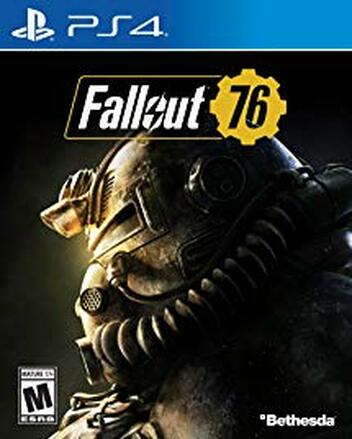
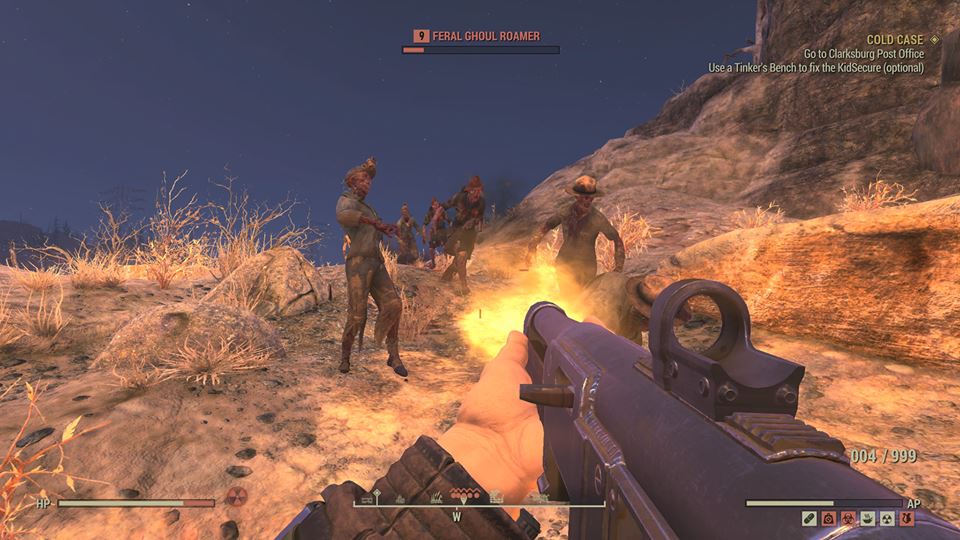

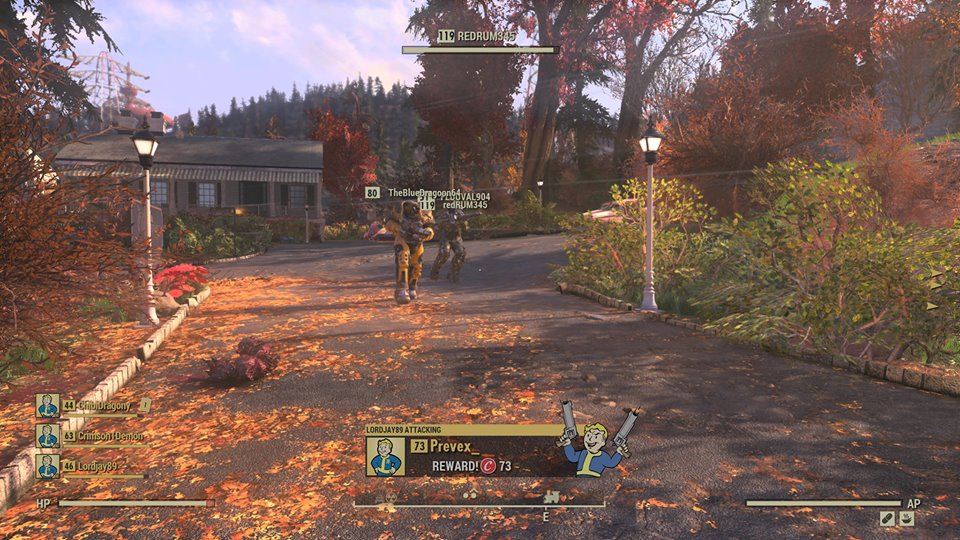
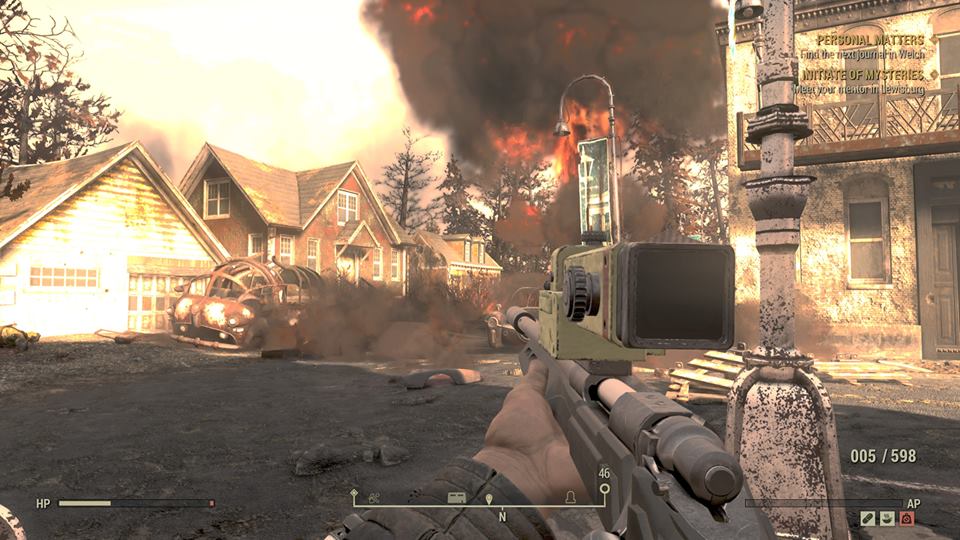
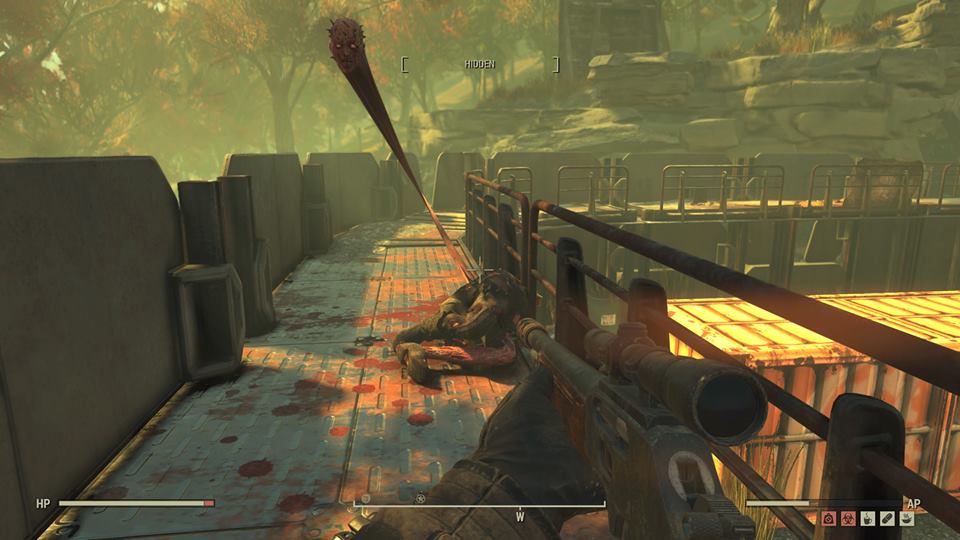
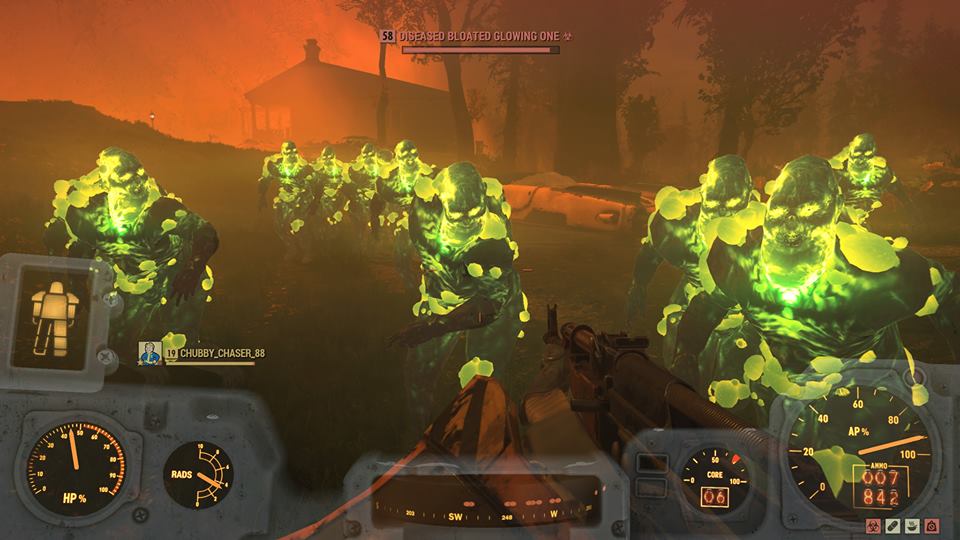
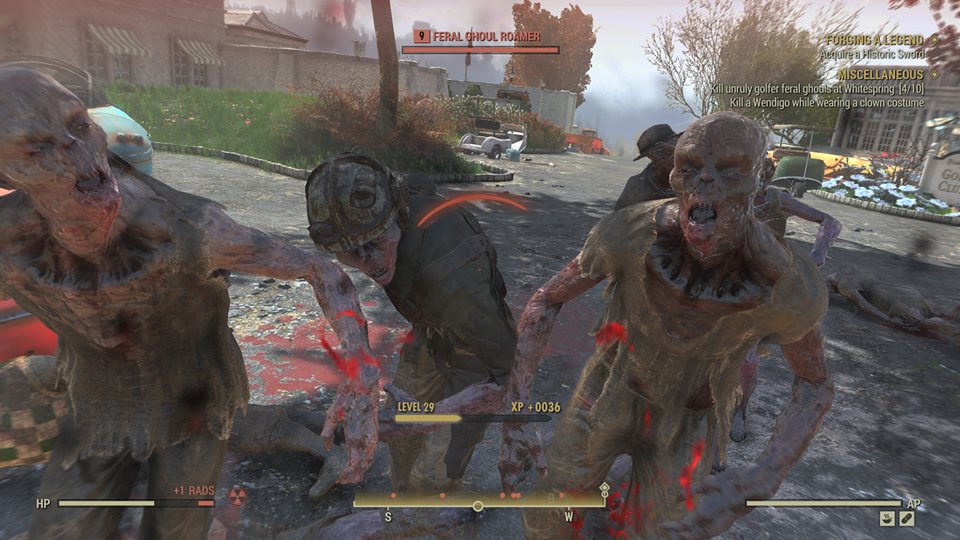


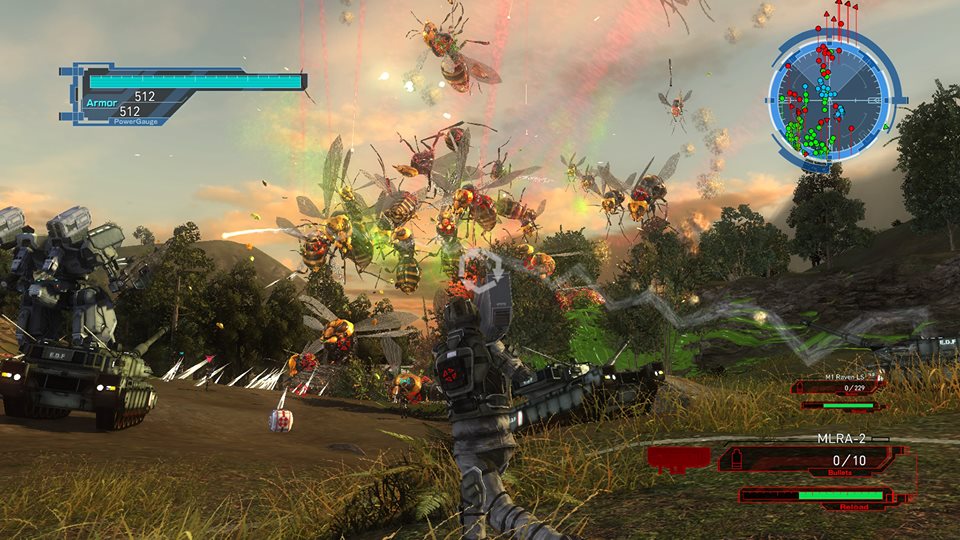

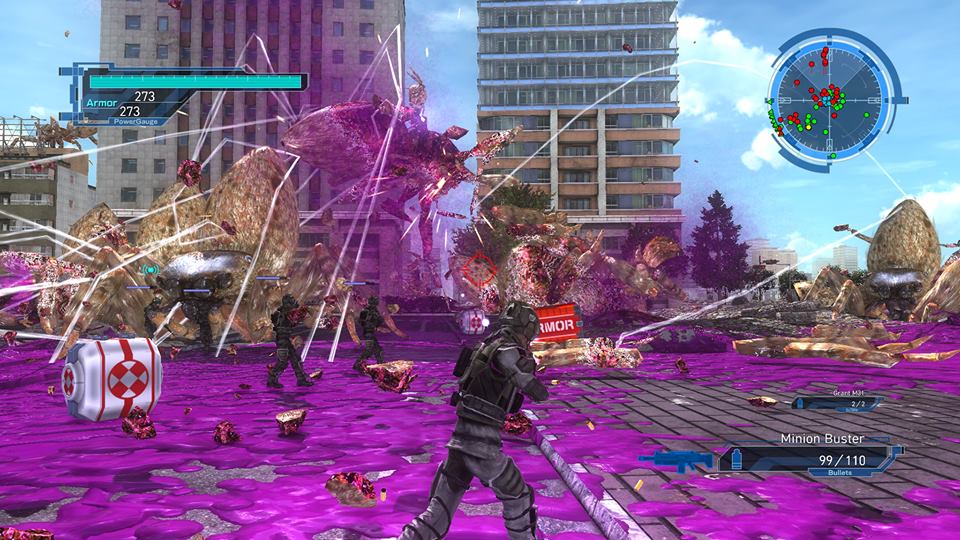

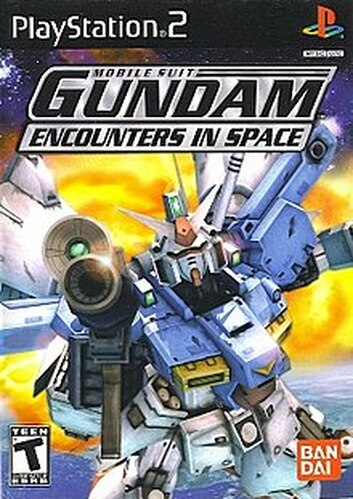
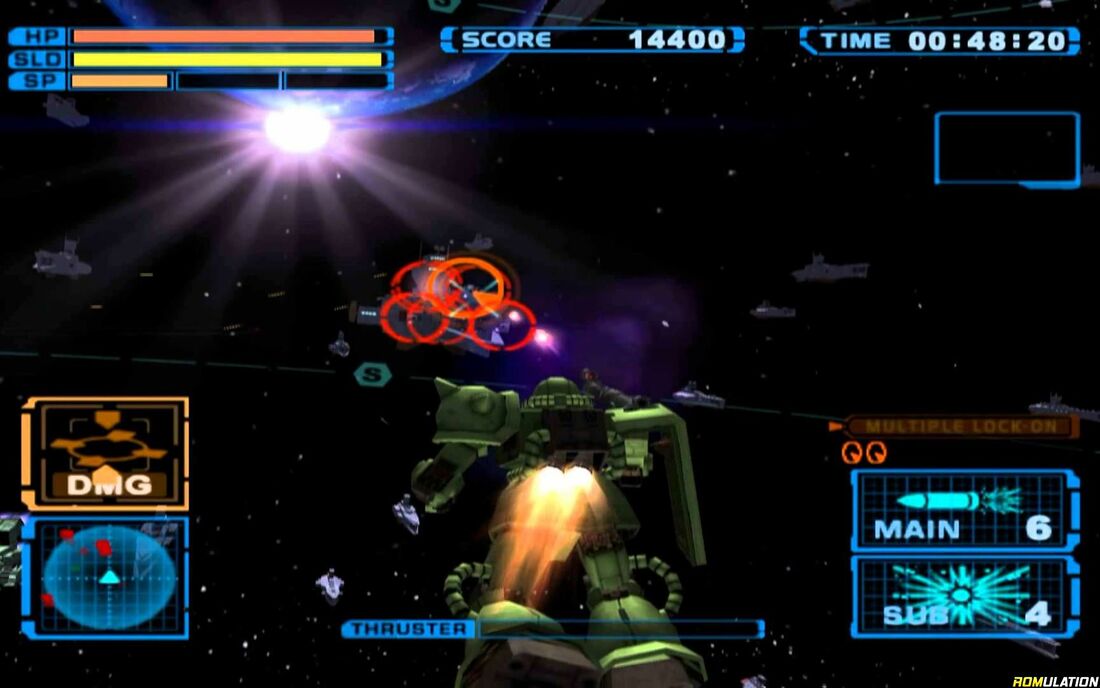
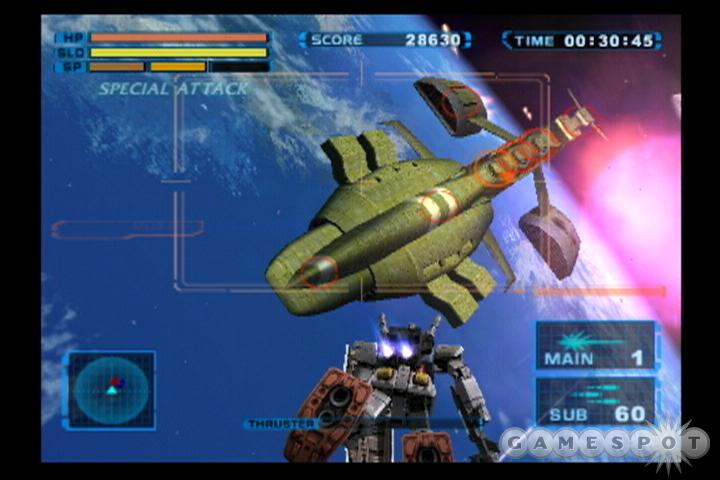
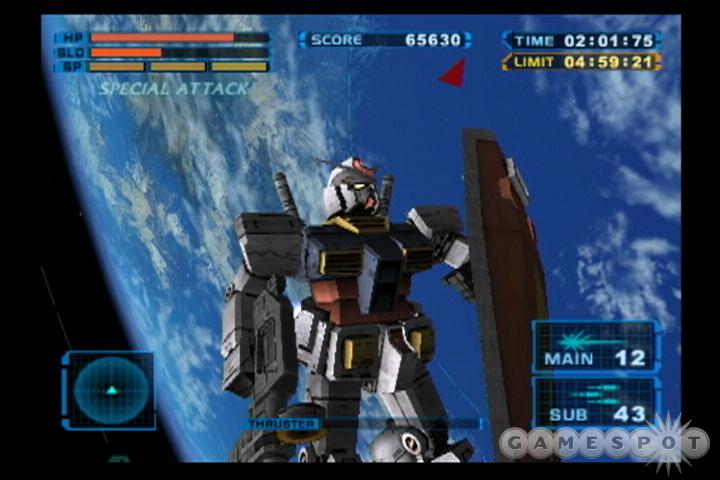
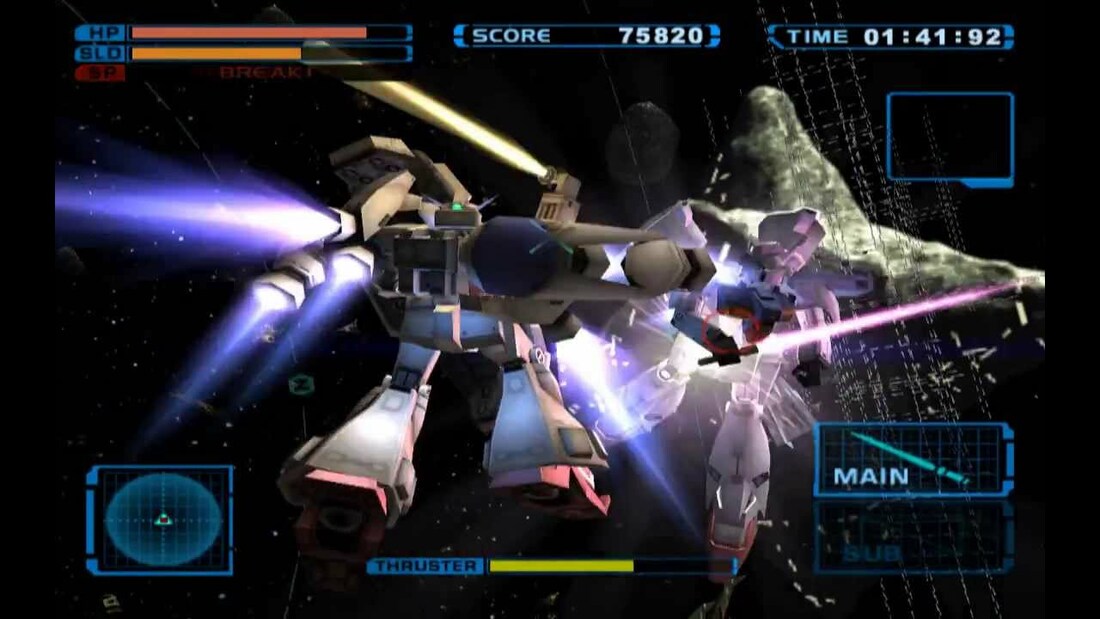

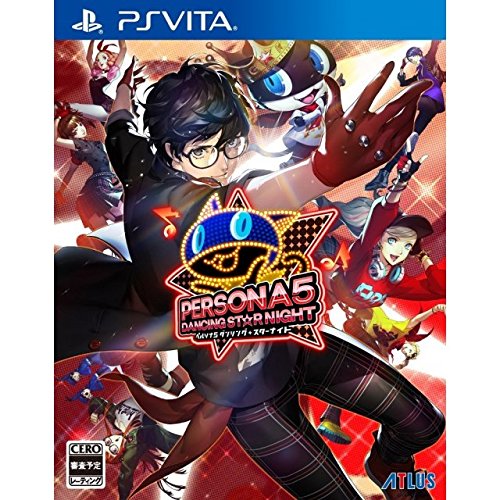
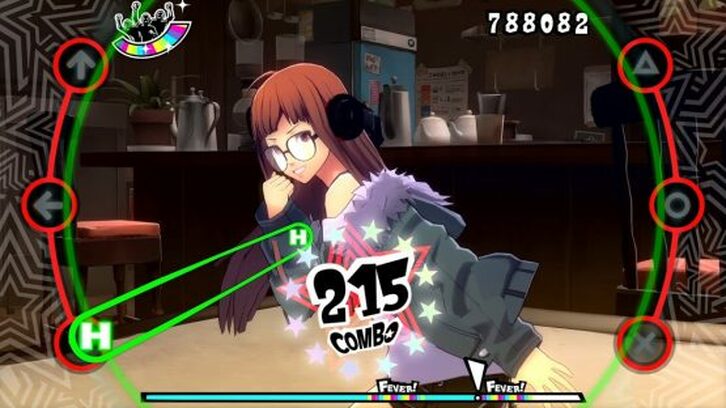
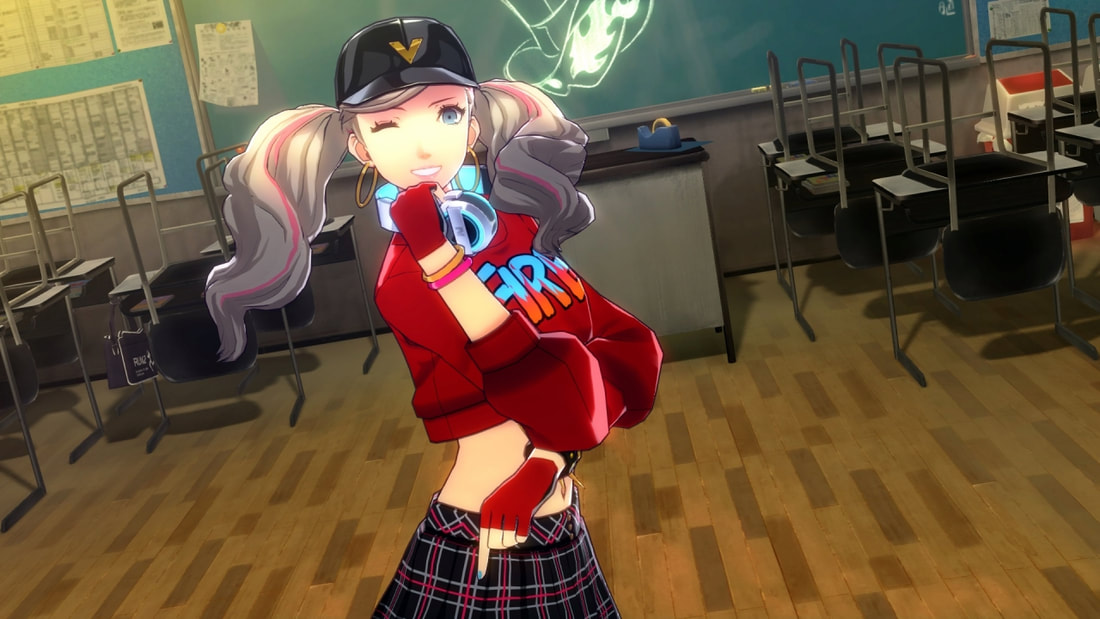
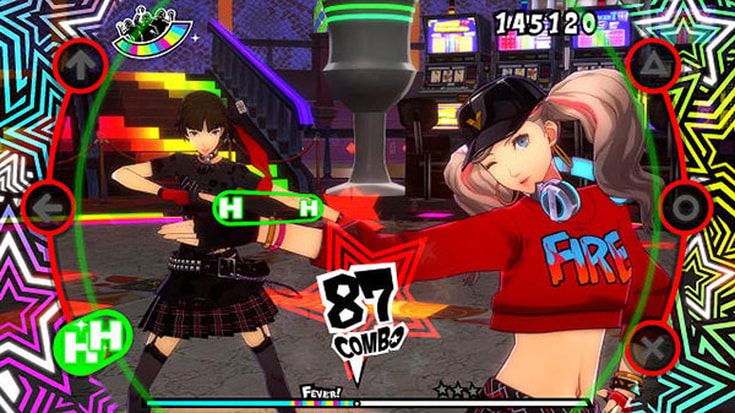

 RSS Feed
RSS Feed
